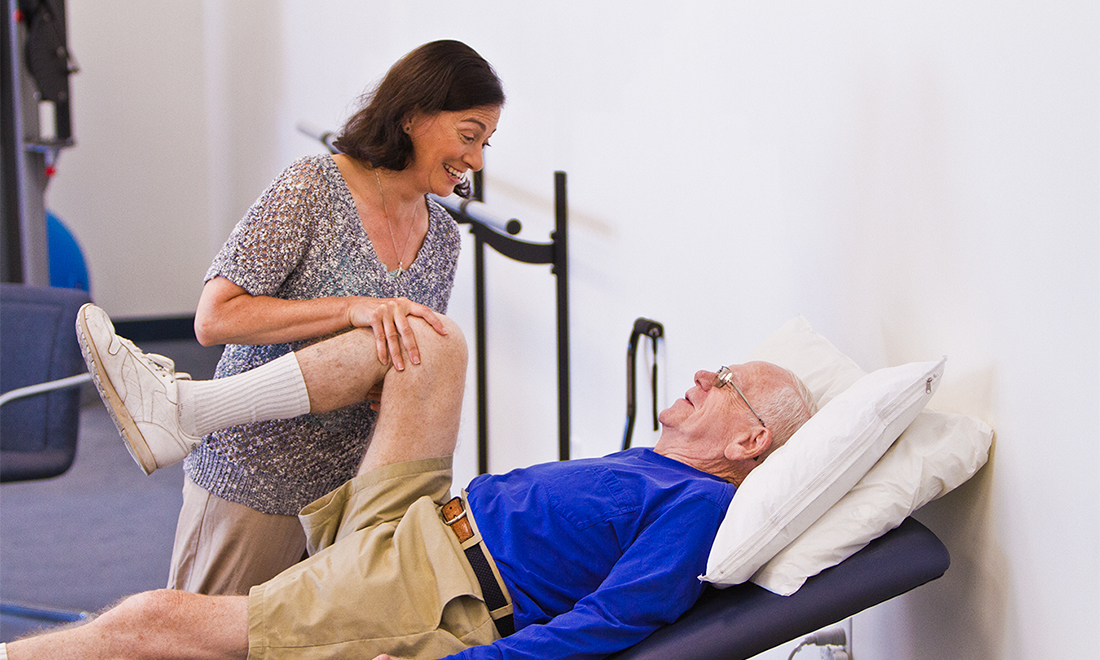Efficient Methods for Alleviating Dyspnea in Physiotherapeutic Therapy Appointments
Dyspnea, or trouble breathing, is a common concern that many individuals face, especially those with chronic lung conditions, heart problems, or other medical conditions. In rehabilitation therapy appointments, addressing breathing difficulties is crucial for helping clients enhance their overall standard of life. By employing specific techniques and strategies, physical therapists can assist patients in managing their breathing difficulties. Grasping these efficient methods can enable both therapists and patients to collaborate together more efficiently in addressing obstacles related to breathing difficulties.One of the main methods used to reduce dyspnea in physical therapy is the practice of controlled breathing activities. These activities often concentrate on abdominal breathing, which promotes patients to use their diaphragm rather than their upper chest muscles when inhaling. This method helps to maximize lung volume and efficiency. Additionally, pursed-lip breathing is another technique that can be helpful. This technique involves inhaling through the nose and exhaling slowly through pursed lips, which can assist to keep airways clear longer and make breathing feel more manageable. By including these activities into therapy appointments, physical therapists can provide patients with tools to manage their dyspnea both during and outside of their sessions.
Another crucial aspect of controlling dyspnea in physical therapy is the creation of an individualized exercise regimen. Tailoring exercises to meet the individual needs and capabilities of each patient is essential. Therapists should gradually integrate aerobic exercises, such as ambulating or cycling, in a structured manner, allowing patients to build their endurance over time. This progressive method helps patients to feel more comfortable with fitness activity while simultaneously improving their lung capability and overall endurance. It is vital for therapists to monitor patients closely during these activities to ensure they are not overexerting themselves, which could result to greater difficulty of breath.
Education also plays a significant role in alleviating breathing difficulties during physical therapy sessions. Providing patients with knowledge about their condition and the mechanisms behind dyspnea can enable them to take charge of their health. Therapists can describe how elements like anxiety, posture, and environmental conditions can affect breathing. By comprehending these concepts, patients can discover to control their symptoms more efficiently. Techniques such as stress reduction methods and proper body mechanics can additionally assist in reducing the effects of dyspnea during routine activities and therapy appointments.
In conclusion, successfully reducing dyspnea in physical therapy sessions involves a mix of breathing activities, individualized exercise programs, and patient education. By implementing these efficient methods, physical therapists can discover here help patients manage their respiratory difficulties and improve their overall health. Collaboration between therapists and patients is essential to create tailored interventions that meet individual needs. With the appropriate support and techniques, patients can experience relief from breathing difficulties and participate more fully in their physical therapy process, eventually leading to a better standard of life.
